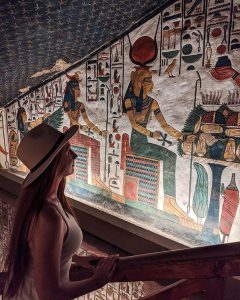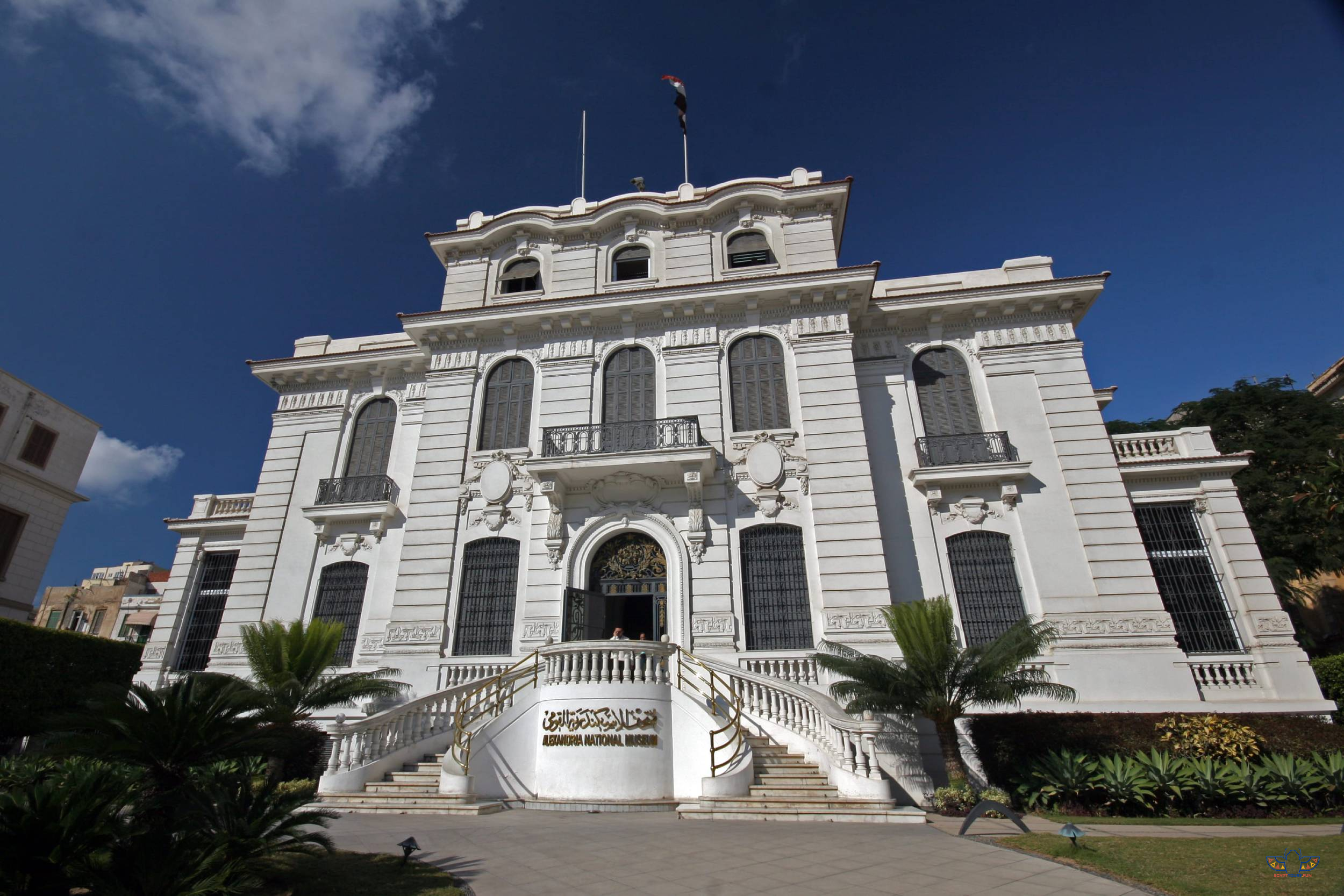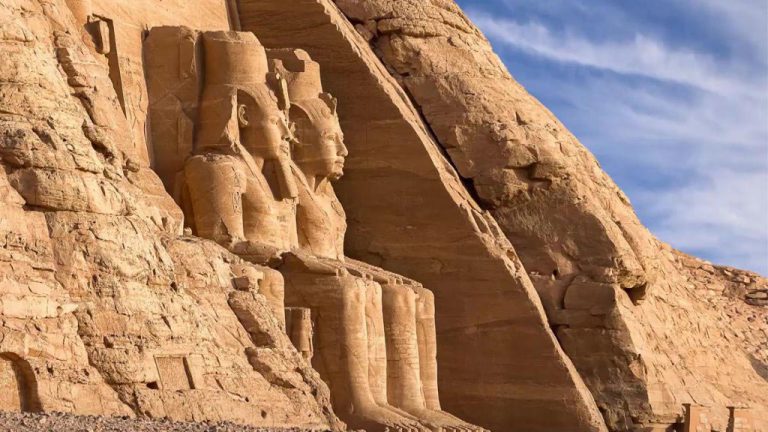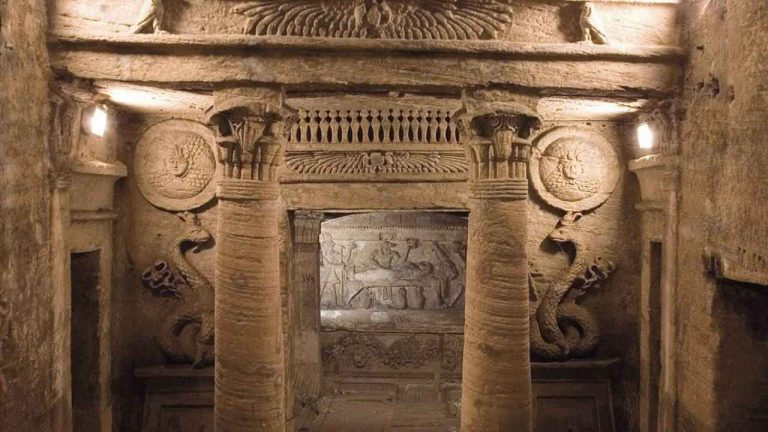The Valley of the Kings: Exploring Egypt’s Ancient Royal Burial Ground
 The Valley of the Kings, located on the west bank of the Nile near Luxor, is one of Egypt’s most iconic archaeological sites. This ancient necropolis served as the burial ground for pharaohs and powerful nobles of the New Kingdom (16th to 11th century BCE). Known for its stunning tombs, intricate artwork, and historical significance, the Valley of the Kings is a must-visit destination for anyone exploring Egypt’s ancient wonders. This article provides a detailed overview of the Valley of the Kings, targeting the most important keywords for Google Search.
The Valley of the Kings, located on the west bank of the Nile near Luxor, is one of Egypt’s most iconic archaeological sites. This ancient necropolis served as the burial ground for pharaohs and powerful nobles of the New Kingdom (16th to 11th century BCE). Known for its stunning tombs, intricate artwork, and historical significance, the Valley of the Kings is a must-visit destination for anyone exploring Egypt’s ancient wonders. This article provides a detailed overview of the Valley of the Kings, targeting the most important keywords for Google Search.
1. Historical Background
The Valley of the Kings was used as a royal burial site for nearly 500 years during the New Kingdom period.
Purpose: To serve as a secure and hidden burial place for pharaohs, protecting their tombs from tomb robbers.
Pharaohs Buried Here: Famous rulers like Tutankhamun, Ramses II, Seti I, and Thutmose III were buried in the valley.
Discovery: The valley gained worldwide attention in 1922 when Howard Carter discovered the nearly intact tomb of Tutankhamun.
2. Layout and Geography
The Valley of the Kings is divided into two main sections:
East Valley: The primary burial site, home to most of the royal tombs, including Tutankhamun’s.
West Valley: Also known as the Valley of the Monkeys, it contains fewer tombs but is equally fascinating.
3. Notable Tombs in the Valley of the Kings
Tomb of Tutankhamun (KV62)
Discovery: Found by Howard Carter in 1922, this tomb is famous for its treasures, including the golden death mask.
Significance: Although small, it is one of the most well-preserved tombs in the valley.
Tomb of Ramses VI (KV9)
Artwork: Known for its stunning wall paintings and astronomical ceiling.
Popularity: One of the most visited tombs due to its size and intricate decorations.
Tomb of Seti I (KV17)
Description: The longest and deepest tomb in the valley, featuring beautifully preserved reliefs and paintings.
Significance: Considered one of the most elaborate tombs in Egypt.
Tomb of Thutmose III (KV34)
Design: Unique for its oval-shaped burial chamber and simple yet elegant decorations.
Historical Importance: Reflects the architectural style of the early New Kingdom.
4. Art and Architecture
The tombs in the Valley of the Kings are renowned for their artistic and architectural brilliance.
Wall Paintings: Depict scenes from the pharaoh’s life, religious texts like the Book of the Dead, and journeys to the afterlife.
Hieroglyphics: Inscriptions provide insights into ancient Egyptian beliefs and rituals.
Burial Chambers: Designed to protect the pharaoh’s mummy and treasures, often hidden deep within the tomb.
5. Exploration and Excavations
The Valley of the Kings has been a focal point for archaeologists and explorers for centuries.
Early Explorers: Figures like Giovanni Belzoni and John Gardner Wilkinson documented and mapped the tombs in the 19th century.
Modern Excavations: Ongoing research continues to uncover new tombs and artifacts, shedding light on ancient Egyptian history.
6. Visiting the Valley of the Kings
Best Time to Visit
Season: Visit between October and April when the weather is cooler.
Time of Day: Early morning or late afternoon to avoid crowds and heat.
Tips for Visitors
Tickets: Purchase a general ticket to access three tombs, with additional tickets for special tombs like Tutankhamun’s.
Guided Tours: Hire a knowledgeable guide to learn about the history and significance of the tombs.
Photography: Photography is restricted in most tombs, so check the rules before visiting.
7. Conservation Efforts
The Valley of the Kings faces challenges like environmental damage and tourism impact.
Preservation Projects: Efforts are underway to protect the tombs from humidity, pollution, and wear.
Sustainable Tourism: Measures like limiting visitor numbers and installing protective barriers help preserve the site.




